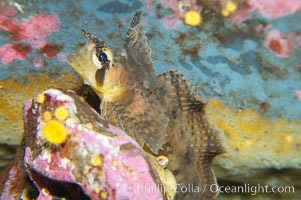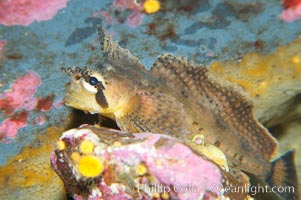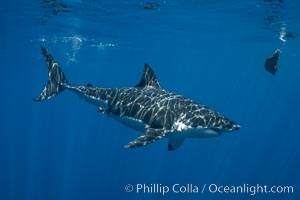
Great white shark, research identification photograph. A great white shark is countershaded, with a dark gray dorsal color and light gray to white underside, making it more difficult for the shark's prey to see it as approaches from above or below in the water column. The particular undulations of the countershading line along its side, where gray meets white, is unique to each shark and helps researchers to identify individual sharks in capture-recapture studies. Guadalupe Island is host to a relatively large population of great white sharks who, through a history of video and photographs showing their countershading lines, are the subject of an ongoing study of shark behaviour, migration and population size.
Species: Great white shark, Carcharodon carcharias
Location: Guadalupe Island (Isla Guadalupe), Baja California, Mexico
Image ID: 28764
Species: Great white shark, Carcharodon carcharias
Location: Guadalupe Island (Isla Guadalupe), Baja California, Mexico
Image ID: 28764
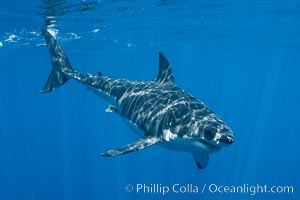
Great white shark, research identification photograph. A great white shark is countershaded, with a dark gray dorsal color and light gray to white underside, making it more difficult for the shark's prey to see it as approaches from above or below in the water column. The particular undulations of the countershading line along its side, where gray meets white, is unique to each shark and helps researchers to identify individual sharks in capture-recapture studies. Guadalupe Island is host to a relatively large population of great white sharks who, through a history of video and photographs showing their countershading lines, are the subject of an ongoing study of shark behaviour, migration and population size.
Species: Great white shark, Carcharodon carcharias
Location: Guadalupe Island (Isla Guadalupe), Baja California, Mexico
Image ID: 28765
Species: Great white shark, Carcharodon carcharias
Location: Guadalupe Island (Isla Guadalupe), Baja California, Mexico
Image ID: 28765
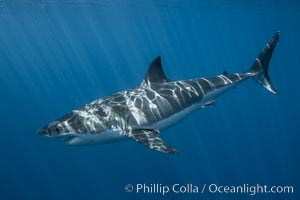
Great white shark, research identification photograph. A great white shark is countershaded, with a dark gray dorsal color and light gray to white underside, making it more difficult for the shark's prey to see it as approaches from above or below in the water column. The particular undulations of the countershading line along its side, where gray meets white, is unique to each shark and helps researchers to identify individual sharks in capture-recapture studies. Guadalupe Island is host to a relatively large population of great white sharks who, through a history of video and photographs showing their countershading lines, are the subject of an ongoing study of shark behaviour, migration and population size.
Species: Great white shark, Carcharodon carcharias
Location: Guadalupe Island (Isla Guadalupe), Baja California, Mexico
Image ID: 28766
Species: Great white shark, Carcharodon carcharias
Location: Guadalupe Island (Isla Guadalupe), Baja California, Mexico
Image ID: 28766
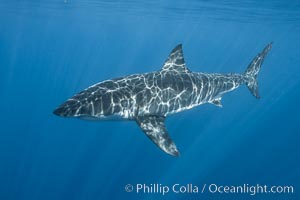
Great white shark, research identification photograph. A great white shark is countershaded, with a dark gray dorsal color and light gray to white underside, making it more difficult for the shark's prey to see it as approaches from above or below in the water column. The particular undulations of the countershading line along its side, where gray meets white, is unique to each shark and helps researchers to identify individual sharks in capture-recapture studies. Guadalupe Island is host to a relatively large population of great white sharks who, through a history of video and photographs showing their countershading lines, are the subject of an ongoing study of shark behaviour, migration and population size.
Species: Great white shark, Carcharodon carcharias
Location: Guadalupe Island (Isla Guadalupe), Baja California, Mexico
Image ID: 28767
Species: Great white shark, Carcharodon carcharias
Location: Guadalupe Island (Isla Guadalupe), Baja California, Mexico
Image ID: 28767
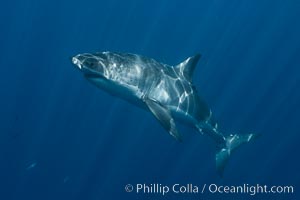
Great white shark, research identification photograph. A great white shark is countershaded, with a dark gray dorsal color and light gray to white underside, making it more difficult for the shark's prey to see it as approaches from above or below in the water column. The particular undulations of the countershading line along its side, where gray meets white, is unique to each shark and helps researchers to identify individual sharks in capture-recapture studies. Guadalupe Island is host to a relatively large population of great white sharks who, through a history of video and photographs showing their countershading lines, are the subject of an ongoing study of shark behaviour, migration and population size.
Species: Great white shark, Carcharodon carcharias
Location: Guadalupe Island (Isla Guadalupe), Baja California, Mexico
Image ID: 28769
Species: Great white shark, Carcharodon carcharias
Location: Guadalupe Island (Isla Guadalupe), Baja California, Mexico
Image ID: 28769
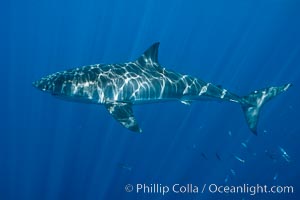
Great white shark, research identification photograph. A great white shark is countershaded, with a dark gray dorsal color and light gray to white underside, making it more difficult for the shark's prey to see it as approaches from above or below in the water column. The particular undulations of the countershading line along its side, where gray meets white, is unique to each shark and helps researchers to identify individual sharks in capture-recapture studies. Guadalupe Island is host to a relatively large population of great white sharks who, through a history of video and photographs showing their countershading lines, are the subject of an ongoing study of shark behaviour, migration and population size.
Species: Great white shark, Carcharodon carcharias
Location: Guadalupe Island (Isla Guadalupe), Baja California, Mexico
Image ID: 28770
Species: Great white shark, Carcharodon carcharias
Location: Guadalupe Island (Isla Guadalupe), Baja California, Mexico
Image ID: 28770
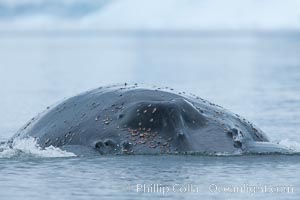
Humpback whale with barnacles, visible on the blowhole and tubercles on the dorsal surface of its head, swims toward the photographer.
Species: Humpback whale, Megaptera novaeangliae
Location: Neko Harbor, Antarctic Peninsula, Antarctica
Image ID: 25669
Species: Humpback whale, Megaptera novaeangliae
Location: Neko Harbor, Antarctic Peninsula, Antarctica
Image ID: 25669
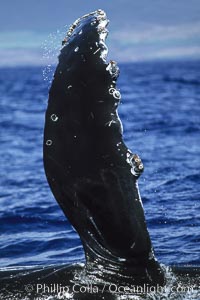
Humpback whale swimming with raised pectoral fin (dorsal aspect).
Species: Humpback whale, Megaptera novaeangliae
Location: Maui, Hawaii
Image ID: 04144
Species: Humpback whale, Megaptera novaeangliae
Location: Maui, Hawaii
Image ID: 04144
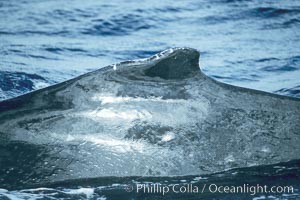
Humpback whale dorsal fin.
Species: Humpback whale, Megaptera novaeangliae
Location: Maui, Hawaii
Image ID: 04359
Species: Humpback whale, Megaptera novaeangliae
Location: Maui, Hawaii
Image ID: 04359
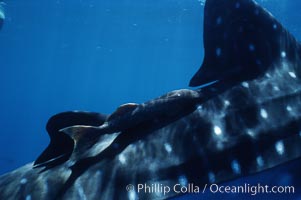
Whale shark dorsal fin and remora.
Species: Whale shark, Remora, Rhincodon typus
Location: Darwin Island, Galapagos Islands, Ecuador
Image ID: 01524
Species: Whale shark, Remora, Rhincodon typus
Location: Darwin Island, Galapagos Islands, Ecuador
Image ID: 01524
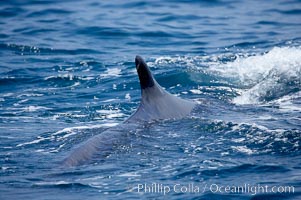
Fin whale dorsal fin. The fin whale is named for its tall, falcate dorsal fin. Mariners often refer to them as finback whales. Coronado Islands, Mexico (northern Baja California, near San Diego).
Species: Fin whale, Balaenoptera physalus
Location: Coronado Islands (Islas Coronado), Baja California, Mexico
Image ID: 12774
Species: Fin whale, Balaenoptera physalus
Location: Coronado Islands (Islas Coronado), Baja California, Mexico
Image ID: 12774
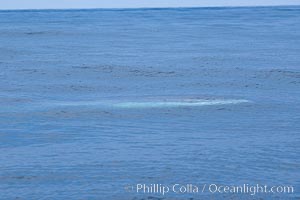
Fin whale dorsal fin. The fin whale is named for its tall, falcate dorsal fin. Mariners often refer to them as finback whales. Coronado Islands, Mexico (northern Baja California, near San Diego).
Species: Fin whale, Balaenoptera physalus
Location: Coronado Islands (Islas Coronado), Baja California, Mexico
Image ID: 12775
Species: Fin whale, Balaenoptera physalus
Location: Coronado Islands (Islas Coronado), Baja California, Mexico
Image ID: 12775
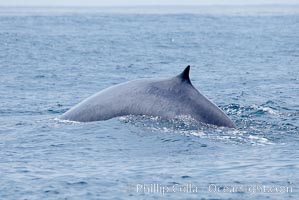
Fin whale. The distinctive white coloration on the right lower jaw of all fin whales is seen just below the surface. Coronado Islands, Mexico (northern Baja California, near San Diego).
Species: Fin whale, Balaenoptera physalus
Location: Coronado Islands (Islas Coronado), Baja California, Mexico
Image ID: 12777
Species: Fin whale, Balaenoptera physalus
Location: Coronado Islands (Islas Coronado), Baja California, Mexico
Image ID: 12777
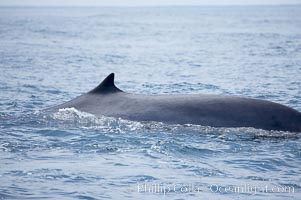
Fin whale dorsal fin. The fin whale is named for its tall, falcate dorsal fin. Mariners often refer to them as finback whales. Coronado Islands, Mexico (northern Baja California, near San Diego).
Species: Fin whale, Balaenoptera physalus
Location: Coronado Islands (Islas Coronado), Baja California, Mexico
Image ID: 12780
Species: Fin whale, Balaenoptera physalus
Location: Coronado Islands (Islas Coronado), Baja California, Mexico
Image ID: 12780
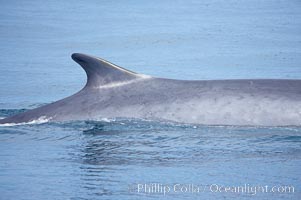
Fin whale dorsal fin. The fin whale is named for its tall, falcate dorsal fin. Mariners often refer to them as finback whales. Coronado Islands, Mexico (northern Baja California, near San Diego).
Species: Fin whale, Balaenoptera physalus
Location: Coronado Islands (Islas Coronado), Baja California, Mexico
Image ID: 12782
Species: Fin whale, Balaenoptera physalus
Location: Coronado Islands (Islas Coronado), Baja California, Mexico
Image ID: 12782
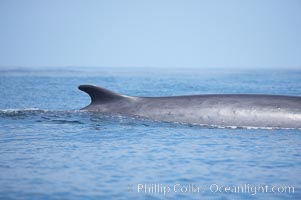
Fin whale dorsal fin. The fin whale is named for its tall, falcate dorsal fin. Mariners often refer to them as finback whales. Coronado Islands, Mexico (northern Baja California, near San Diego).
Species: Fin whale, Balaenoptera physalus
Location: Coronado Islands (Islas Coronado), Baja California, Mexico
Image ID: 12783
Species: Fin whale, Balaenoptera physalus
Location: Coronado Islands (Islas Coronado), Baja California, Mexico
Image ID: 12783
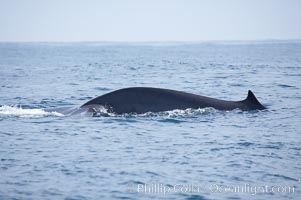
Fin whale dorsal fin. The fin whale is named for its tall, falcate dorsal fin. Mariners often refer to them as finback whales. Coronado Islands, Mexico (northern Baja California, near San Diego).
Species: Fin whale, Balaenoptera physalus
Location: Coronado Islands (Islas Coronado), Baja California, Mexico
Image ID: 12784
Species: Fin whale, Balaenoptera physalus
Location: Coronado Islands (Islas Coronado), Baja California, Mexico
Image ID: 12784
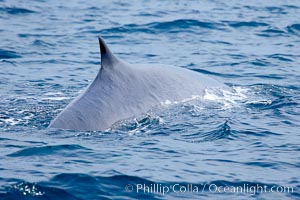
Fin whale dorsal fin. The fin whale is named for its tall, falcate dorsal fin. Mariners often refer to them as finback whales. Coronado Islands, Mexico (northern Baja California, near San Diego).
Species: Fin whale, Balaenoptera physalus
Location: Coronado Islands (Islas Coronado), Baja California, Mexico
Image ID: 12786
Species: Fin whale, Balaenoptera physalus
Location: Coronado Islands (Islas Coronado), Baja California, Mexico
Image ID: 12786
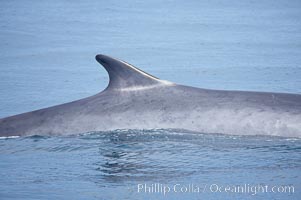
Fin whale dorsal fin. The fin whale is named for its tall, falcate dorsal fin. Mariners often refer to them as finback whales. Coronado Islands, Mexico (northern Baja California, near San Diego).
Species: Fin whale, Balaenoptera physalus
Location: Coronado Islands (Islas Coronado), Baja California, Mexico
Image ID: 12789
Species: Fin whale, Balaenoptera physalus
Location: Coronado Islands (Islas Coronado), Baja California, Mexico
Image ID: 12789
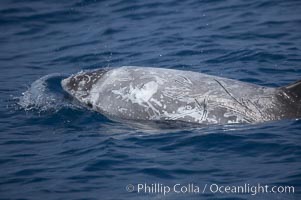
Rissos dolphin. Note distinguishing and highly variable skin and dorsal fin patterns, characteristic of this species. White scarring, likely caused by other Risso dolphins teeth, accumulates during the dolphins life so that adult Rissos dolphins are usually almost entirely white.
Species: Risso's dolphin, Grampus griseus
Location: San Diego, California
Image ID: 12791
Species: Risso's dolphin, Grampus griseus
Location: San Diego, California
Image ID: 12791
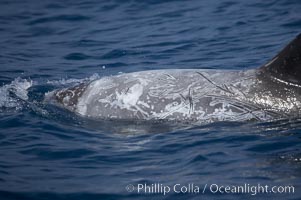
Rissos dolphin. Note distinguishing and highly variable skin and dorsal fin patterns, characteristic of this species. White scarring, likely caused by other Risso dolphins teeth, accumulates during the dolphins life so that adult Rissos dolphins are usually almost entirely white.
Species: Risso's dolphin, Grampus griseus
Location: San Diego, California
Image ID: 12793
Species: Risso's dolphin, Grampus griseus
Location: San Diego, California
Image ID: 12793
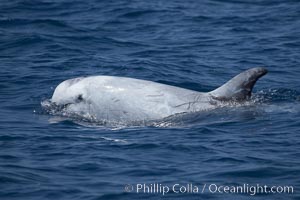
Rissos dolphin. Note distinguishing and highly variable skin and dorsal fin patterns, characteristic of this species. White scarring, likely caused by other Risso dolphins teeth, accumulates during the dolphins life so that adult Rissos dolphins are usually almost entirely white.
Species: Risso's dolphin, Grampus griseus
Location: San Diego, California
Image ID: 12794
Species: Risso's dolphin, Grampus griseus
Location: San Diego, California
Image ID: 12794
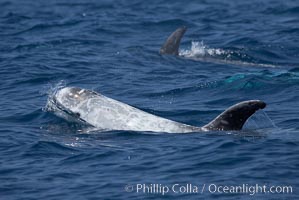
Rissos dolphin. Note distinguishing and highly variable skin and dorsal fin patterns, characteristic of this species. White scarring, likely caused by other Risso dolphins teeth, accumulates during the dolphins life so that adult Rissos dolphins are usually almost entirely white.
Species: Risso's dolphin, Grampus griseus
Location: San Diego, California
Image ID: 12795
Species: Risso's dolphin, Grampus griseus
Location: San Diego, California
Image ID: 12795
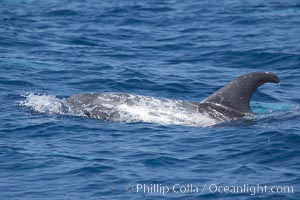
Rissos dolphin. Note distinguishing and highly variable skin and dorsal fin patterns, characteristic of this species. White scarring, likely caused by other Risso dolphins teeth, accumulates during the dolphins life so that adult Rissos dolphins are usually almost entirely white.
Species: Risso's dolphin, Grampus griseus
Location: San Diego, California
Image ID: 12796
Species: Risso's dolphin, Grampus griseus
Location: San Diego, California
Image ID: 12796
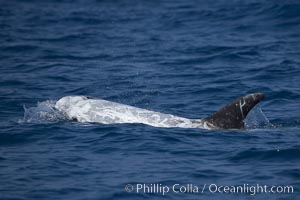
Rissos dolphin. Note distinguishing and highly variable skin and dorsal fin patterns, characteristic of this species. White scarring, likely caused by other Risso dolphins teeth, accumulates during the dolphins life so that adult Rissos dolphins are usually almost entirely white.
Species: Risso's dolphin, Grampus griseus
Location: San Diego, California
Image ID: 12797
Species: Risso's dolphin, Grampus griseus
Location: San Diego, California
Image ID: 12797
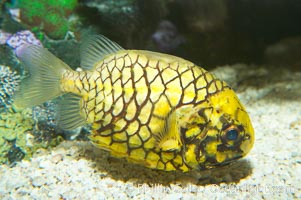
Port-and-starboard light fish. The fish, also called pinecone fish, have two light organs that are housed in pits in their lower jaws. The organs produce a greenish light that allows the fish to feed at night by luring small prey with their dim lights.
Species: Port-and-starboard light fish, Cleidopus gloriamaris
Image ID: 13973
Species: Port-and-starboard light fish, Cleidopus gloriamaris
Image ID: 13973
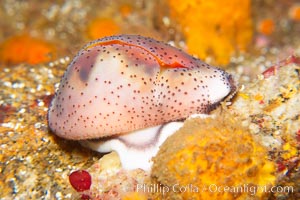
Chestnut cowry, mantle exposed to completely cover the hard exterior shell.
Species: Chestnut cowrie, Date cowrie, Cypraea spadicea
Image ID: 14020
Species: Chestnut cowrie, Date cowrie, Cypraea spadicea
Image ID: 14020
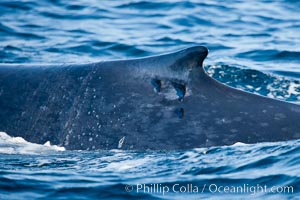
Blue whale, dorsal fin with remora hanging off.
Species: Blue whale, Balaenoptera musculus
Location: San Diego, California
Image ID: 16209
Species: Blue whale, Balaenoptera musculus
Location: San Diego, California
Image ID: 16209
